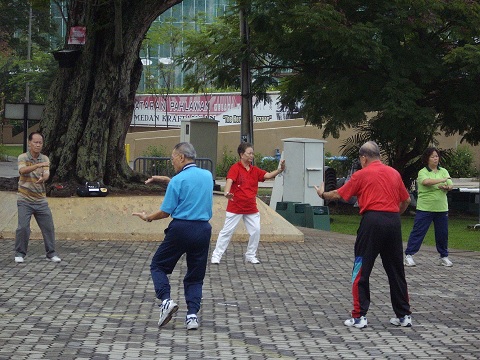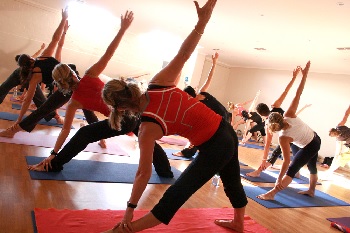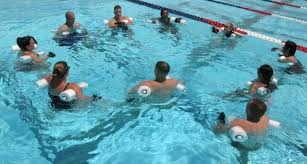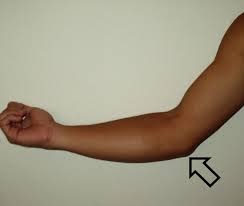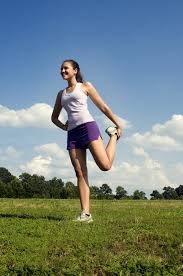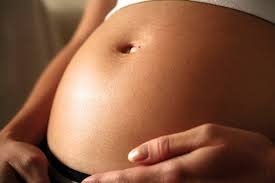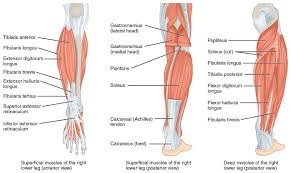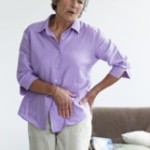 As with other types of chronic pain, women tend to experience hip pain more often than men. Yet, hip pain can have a number of different causes and determining the correct one is the key to getting the best treatment.
As with other types of chronic pain, women tend to experience hip pain more often than men. Yet, hip pain can have a number of different causes and determining the correct one is the key to getting the best treatment.
Getting a Hip Pain Diagnosis
When you tell your doctor your hip hurts, the first thing he should do is confirm that your hip is actually the problem. Women might say they have hip pain, but what they may mean is they’re having pain in the side of the upper thigh or upper buttock, or they may be experiencing lower back pain. Hip pain is often felt in the groin or on the outside of the hip, directly over where the hip joint (a ball-and-socket joint) is located.
Hip Pain Causes in Women
When a female patient comes to Michigan Spine and Pain complaining of hip pain, our clinicians and physiatrists consider the patient’s age, build and activity level. Depending on the patient’s weight, general physical fitness and health as well as age and other factors, the possibilities will be different.
Some of the most common causes of hip pain in women include:
- Arthritis.
The most common cause of chronic hip pain in women is arthritis, particularly osteoarthritis — the wear-and-tear kind that affects many people as they age. The ball-and-socket joint starts to wear out. Arthritis pain is often felt in the front of your thigh or in the groin, due to stiffness or swelling in the joint.
- Hip fractures.
Hip fractures are common in older women, especially those with osteoporosis (decreased bone density). Symptoms of a hip fracture include pain when you straighten, lift or stand on your leg. Also, the toes on your injured side will appear to turn out, a sign that can aid our preliminary diagnosis.
- Tendinitis and Bursitis.
Many tendons around the hip connect the muscles to the joint. These tendons can easily become inflamed if you overuse them or participate in strenuous activities. One of the most common causes of tendinitis at the hip joint, especially in runners, is iliotibial band syndrome — the iliotibial band is the thick span of tissue that runs from the outer rim of your pelvis to the outside of your knee.
- Hernia.
In the groin area, femoral and inguinal hernias — sometimes referred to as sports hernias — can cause anterior (frontal) hip pain in women. Pregnant women can be susceptible to inguinal hernias because of the added pressure on the wall of their abdomen.
- Gynecological and Back Issues.
Hip pain in women can have gynecological causes and it’s important not to just assume the pain is caused by arthritis, bursitis or tendinitis. Depending on one’s age and other health issues, the pain in your hip could be coming from some other system.”
Treatment for hip pain depends on the diagnosis, but pain caused by overuse or sports injury is often treated with heat, rest and over-the-counter anti-inflammatory medication. To prevent injuries, it’s important to stretch before exercising and wear appropriate clothing, especially good shoes when running. Some causes of hip pain, such as fractures or hernias, may need surgical repairs. If your hip pain persists, come in and let’s discuss the possible causes and treatment options.

